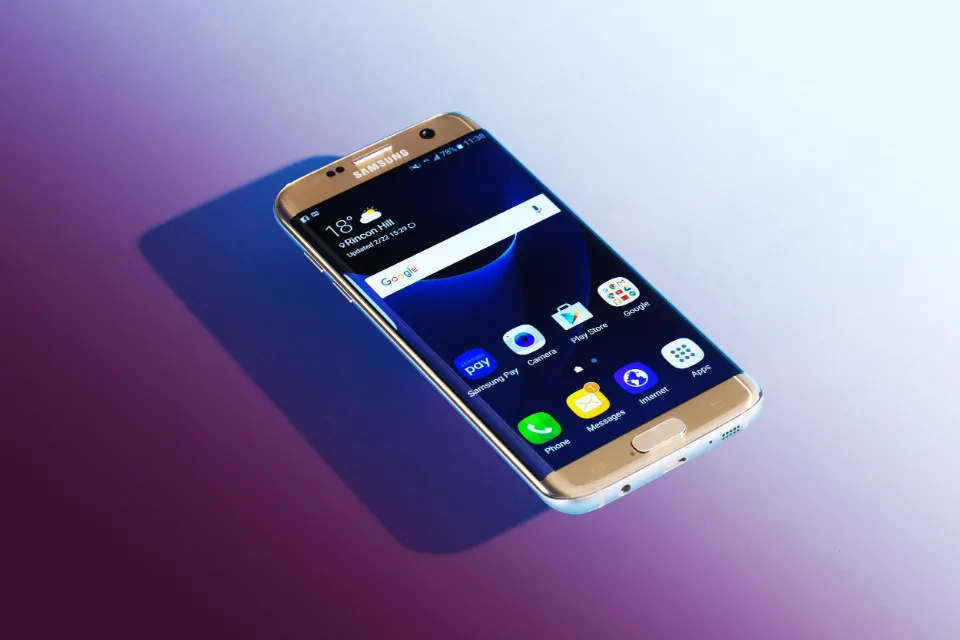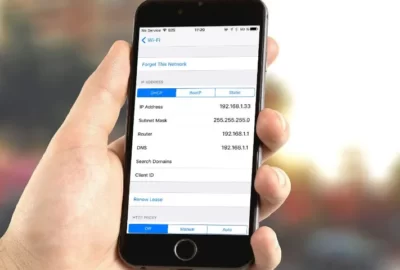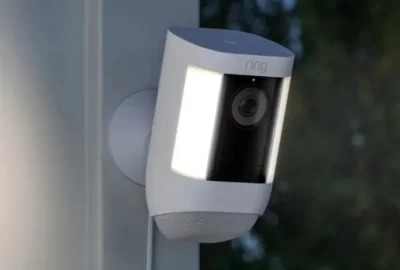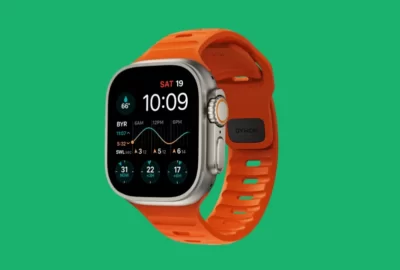Samsung Galaxy S7 Review 2023: Is It Worth Buying?
Samsung’s flagship model, the Galaxy S7, was fantastic. Thinking of purchasing it? Read our complete Samsung Galaxy S7 review to get more information about this smartphone.
When it first came out, the Samsung Galaxy S7 was a fantastic phone. It’s a phone that packs a lot of raw power, good battery intelligence, and strong camera capabilities into an increasingly affordable package, and as a result, we gave it five stars in our initial review of it in 2016.
You can learn more about the Samsung Galaxy S7 by continuing to read.
Samsung Galaxy S7 Pros & Cons
Pros
- Improved, waterproof design
- Fantastic screen and power
- Superb camera
Cons
- High price at launch
- Only 32GB internal space
- Fingerprint magnet
Samsung Galaxy S7 Design
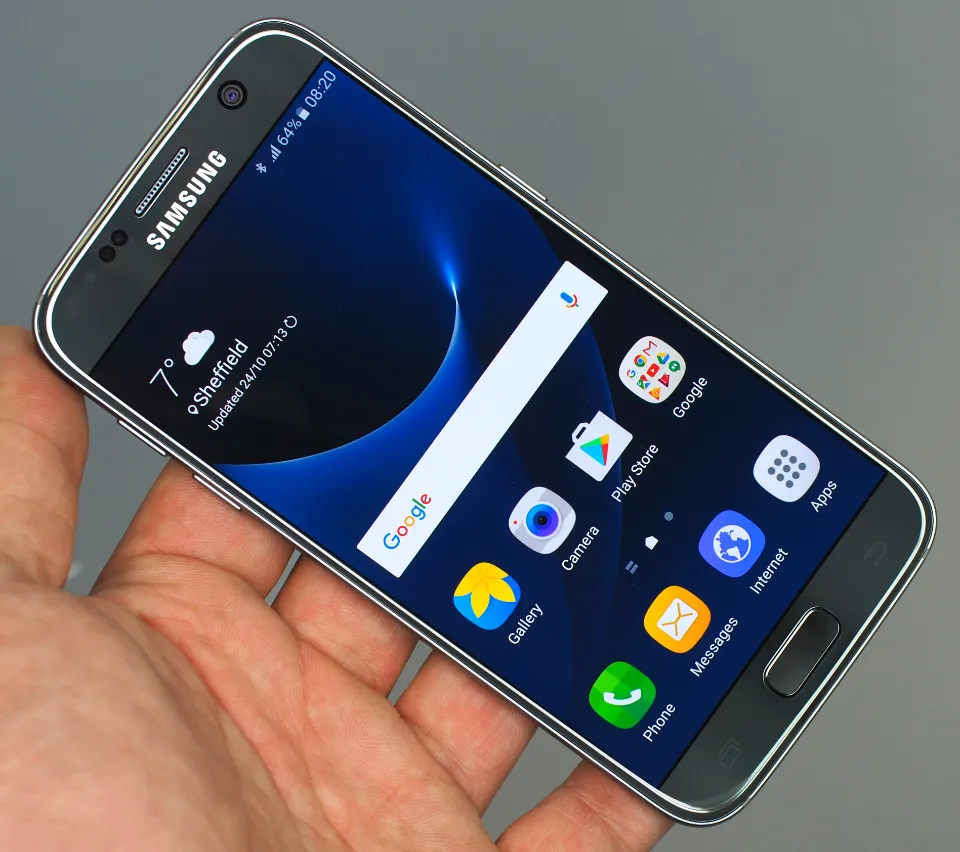
- Design is similar to previous iteration, but still strong
- Rear curving makes it much nicer to hold in the hand
- Now waterproof, which adds a level of security to use
- Can be gripped securely thanks to smaller bezels
- Muffled single speaker
At first glance you’d be forgiven for thinking the Samsung Galaxy S7 looks almost identical to the Because it is, the Galaxy S6.
Samsung has carried over the premium glass and metal finish it used on the S6, which saw the company finally move away from its reliance on plastic and toward materials that better reflected the flagship price tag it was slapping on its top smartphones.
However, as you look more closely, you’ll start to notice the minor variations that make the Samsung Galaxy S7 the best-looking and -feeling Galaxy yet.
The iconic physical home key on Samsung’s S7 no longer has a metallic rim around it, allowing it to more easily blend in with the device’s overall design and virtually disappear.
Samsung Galaxy S7 Display
- One of the best displays on any smartphone
- Colors are clear and crisp, contrast ratios excellent
- Good auto brightness and easy outdoor visibility
- Always on display is excellent addition
At first glance, the 5.1-inch, QHD Super AMOLED display on the Galaxy S6 seems to be the same as the one on the S7. A sharp 577ppi pixel density is still possible with the resolution of 2,560 by 1,440.
Although the screen on the S6 was excellent, Samsung improved it on the Galaxy S7, so it’s not necessarily a bad thing.
The Galaxy S7 and S7 Edge displays underwent independent, unbiased scientific analysis by the DisplayMate team, and the results demonstrate improved performance in all tests compared to their S6 forebears.
What exactly does this mean? The Galaxy S7’s screen is 24% brighter than its predecessor’s, with better contrast ratios on top of that, and that is the main point.
Samsung Galaxy S7 Camera
That is disappointing, but the situation with the camera is entirely different. The imaging sensor has undergone a significant change behind that smaller camera hump. Samsung decreased the megapixel count from 16 to 12, changing the aspect ratio of the photos it took from 16:9 to a squarer 4:3.
You might think that this would be a problem, but Samsung has increased the pixel size from 1.16um to 1.4um and brightened the aperture to f/1.7 in the process (or possibly as a result of the resolution reduction).
When used alone, this smartphone delivers 25% more light to the sensor than the S6 from the previous year and is brighter than any of its competitors.
Faster shutter speeds and sharper images are the results of more light. Less noise should result in cleaner, more detailed images, but that depends just as much on the ISO setting selected by the camera software as it does on the hardware itself.
Conclusion: Samsung Galaxy S7 Review
Samsung has improved the S6’s winning design, fixed the flaws in its earlier flagship models, and created a phone you won’t want to put down.
The Samsung Galaxy S7 is the culmination of iterations. Thankfully, unlike the Galaxy S7 Edge, it has excellent viewing angles and doesn’t have blue tinged white backgrounds.
For more Samsung Galaxy reviews, keep reading:
- Samsung Galaxy S9 Reviews
- Samsung Galaxy S4 Review
- Samsung Galaxy S12 Reviews
- Samsung Galaxy A03s Reviews
- Samsung Galaxy A71 Reviews
- Samsung Galaxy A11 Review
- Samsung Galaxy A10e Reviews
- Samsung Galaxy A20 Review
- Samsung Galaxy A21 Review
- Samsung Galaxy A22 Review
- Samsung Galaxy A23 Reviews
- Samsung Galaxy A33 5G Review

